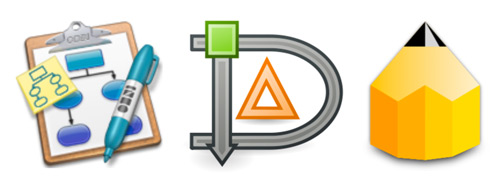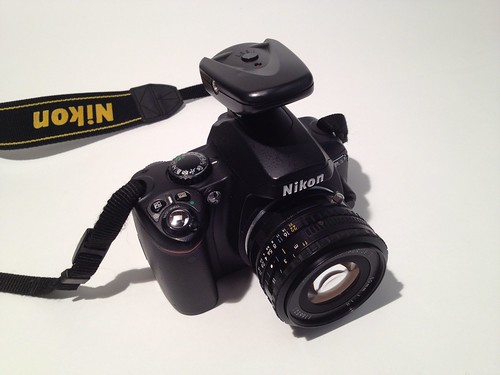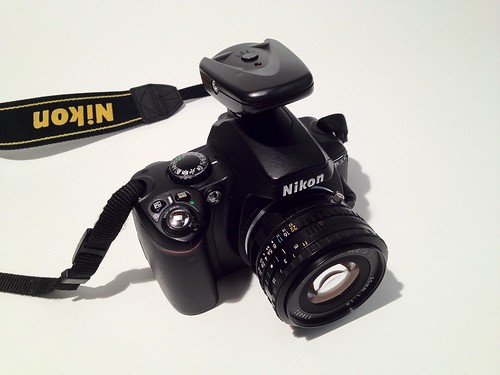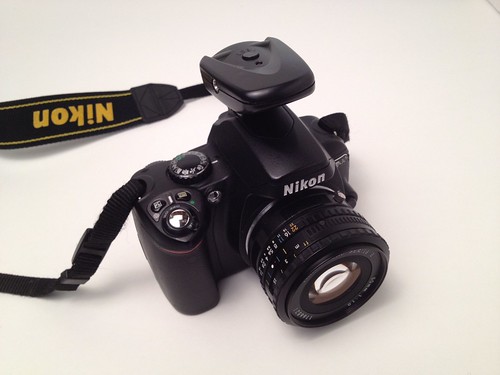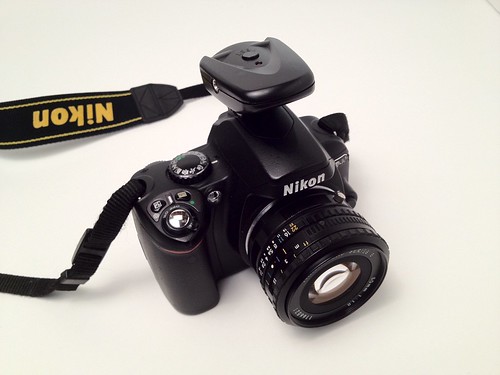
Thanks Tom!
It seemed like a simple enough request… While at Milwaukee Makerspace we were discussing creating snowflakes on the Laser Cutter, and I mentioned that there should be some existing art on OpenClipArt.org, but it was down that night, so I jumped over to Thingiverse and found this snowflake.
As a bit of background, I’ve been pretty damn good at file conversions in the past. Audio, video, markup, raster images, anything 2D has been pretty simple. I mean, I’ve been using Photoshop since version 1.0.7. I know how to deal with that stuff… but 3D? It’s a whole new nightmare world!

The file was an STL, which is meant for 3D printing, but we needed more of a 2D vector file. I know how to load a DXF file into the Laser Cutter, so I figured I’m import this STL into Google Sketchup (via a plugin) and then export as a DXF (via another plugin) and that would be it.
Well, that didn’t work. (Oh, and by “didn’t work” I mean I was unable to open the DXF file in Inkscape. At this point I was still waiting to use the Laser Cutter so I didn’t get to try importing it on that machine. I figured that as long as I was waiting, I’d try to get a format I knew would work.) On to the next idea.
I exported the STL from Google Sketchup as a DAE file, and was able to open that in MeshLab. Once again I tried a DXF export, but that one wouldn’t open in Inkscape either. Argh!

So I made a radical decision… Since I could view the file in MeshLab, I just did a screen shot so I could get a nice, clean 2D version of it.

Of course if I had known I was going to do this, I probably could have just done it in Google Sketchup by altering the view… Still, the MeshLab method seemed solid.

I then took the screen shot and opened it in Photoshop, did a little editing, and converted it to black and white. (I considered creating paths, and exporting them, but at this point I wanted to go with what I knew (or thought) would work, and that meant getting a clean PNG file into Inkscape to convert it from a raster to a vector file via trace bitmap.

So finally, I had my SVG file! A vector file I could open in Inkscape and export as a clean DXF file that I was reasonable sure would open and work on the Laser Cutter…

Oh wait, at some point along the way I had created an OpenSCAD file, to test the other DXF files. They wouldn’t render due to some weirdness, but the new one I exported from Inkscape did. This made me feel a little more secure that this file would work.
So how did it turn out? I don’t know!
The Laser Cutter was in use making ornaments, and I couldn’t stay late enough to get a chance to use it.
And just to be clear… while there were many steps in the process above, the whole thing took about 20 minutes from the first file export to getting what seemed to be a good DXF file.
I’ve converted a lot of files in my time, but doing so for these CNC machine is proving to be a new challenge.
Of course half the fun is seeing if it will work, you know, on the machine… which I hope to test at some point. :)


